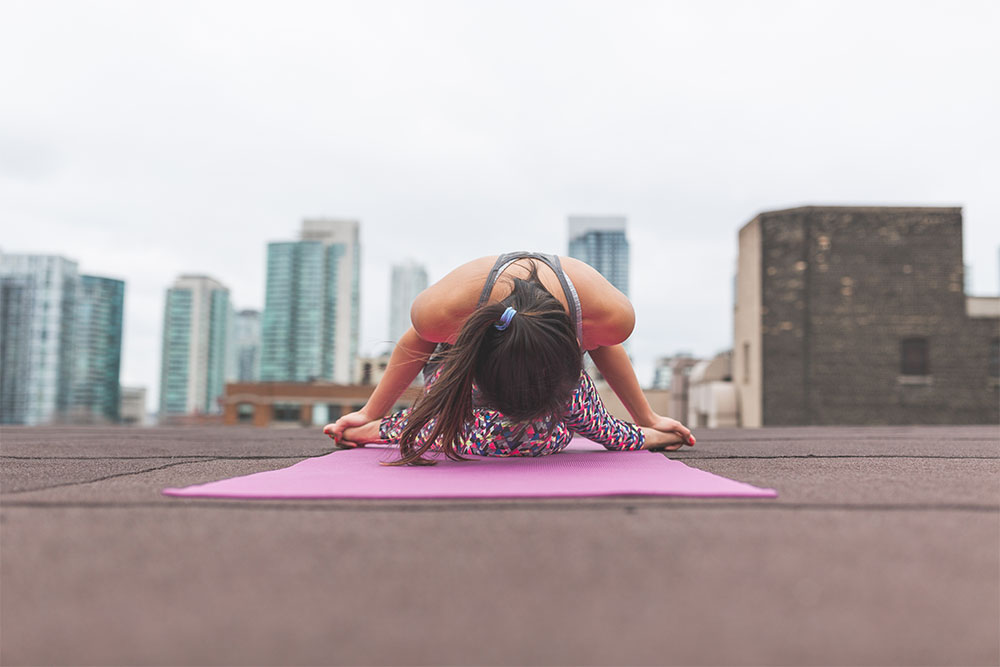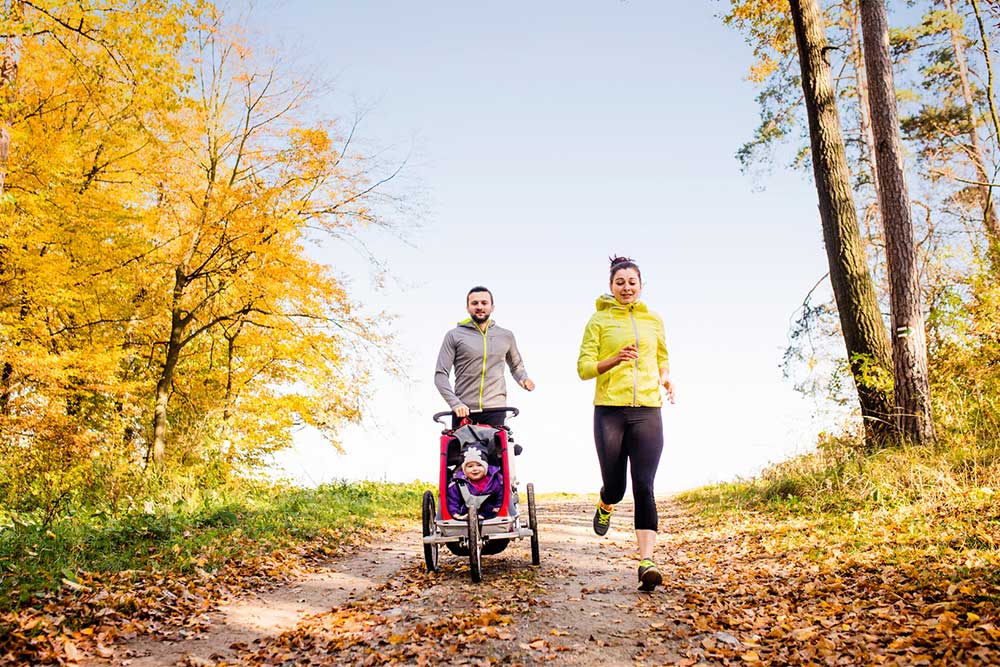Laughter Yoga – The Next Big Thing

Dayton Kelly
Why Laughter Yoga may be your next big thing
A new type of yoga is fast emerging in fitness studios across north American: laughter yoga. Laughter Yoga is a variation of regular yoga in which participants are encouraged to laugh, even if they do not find anything funny. The class proceeds similarly to a regular yoga class with the twist that real or forced laughter is incorporated throughout or at some point during the class. This bizarre type of yoga claims to provide numerous health benefits including reducing depressive symptoms, promoting faster healing, reducing stress, and lowering risk of chronic illness (Laughter Yoga University, 2015). But is this new trend worth trying? Recent literature seems to argue it may be.
Related Article: Think Positive Thoughts For A Better Workout
Laughter yoga may be more beneficial than regular yoga because of an increased stimulation of the vagal nerve. This nerve, which has been receiving a lot of attention in recent literature, has had its stimulation associated with numerous health benefits. These include: combating depression, promoting weight loss, stress reduction and decreasing the risk of chronic illness among many others (Groves & Brown, 2005; Kalyani, et al., 2011; Lartigue, 2016; Streeter, Gerbarg, Saper, Ciraulo, & Brown, 2012). Similar benefits to what is proposed by laughter yoga enthusiasts. The vagal nerve connects the brain to numerous organs in the body, including the lungs, and plays an important role in the body’s parasympathetic nervous system (which promotes digestion and relaxation in the body) (Vickhoff, et al., 2013). By stimulating the vagal nerve, the parasympathetic nervous system is thought to be increasingly engaged allowing a reduction in systemic inflammation and stress related processes.
Recent literature has shown both the vagal nerve’s ability to alter brain chemistry and produce health benefits (Kalyani, et al., 2011). So how do you stimulate the vagal nerve? A number of different therapies have be supported by evidence including singing, exercise, and chanting (Kalyani, et al., 2011; Vickhoff, et al., 2013; Wang, Kondo, Suzukamo, Oouchida, & Izumi, 2010). Many of these therapies are thought to work through interactions with the lungs, as the vagal nerve has receptive neural fibres on this organ (Vickhoff, et al., 2013). By changing respiration rate, the vagal nerve is stimulated. Supporting this, laughter yoga has been shown to increase heart rate variability, a measure of vagal nerve activity (Dolgoff-Kaspar, Baldwin, Johnson, Edling, & Sethi, 2012; Hayano, et al., 1991). Therefore, by converting from regular yoga to laughter yoga, you may compound the known benefits of yoga with the added benefits of vagal nerve stimulation.
Related Article: Yoga: A Mind-Body Practice That Improves The Brain
With Laughter Yoga’s sheer number of benefits and empirical evidence, this variety of yoga is definitely worth trying. Besides, why not have a good laugh with a great group of people? Happy New Year and happy training!
Bibliography
Dolgoff-Kaspar, R., Baldwin, A., Johnson, M. S., Edling, N., & Sethi, G. K. (2012). Effect of laughter yoga on mood and heart rate variability in patients awaiting organ transplantation: A pilot study. Alternative therapies in health and medicine, 18(5), 61-66. Retrieved from https://www.ncbi.nlm.nih.gov/pubmed/22894892.
Groves, D. A., & Brown, V. J. (2005). Vagal nerve stimulation: a review of its applications and potential mechanisms that mediate its clinical effects. Neuroscience & Biobehavioral Reviews, 29(3), 493–500. Retrieved from http://www.sciencedirect.com.cat1.lib.trentu.ca:8080/science/article/pii/S0149763405000199?np=y.
Hayano, J., Sakakibara, Y., Yamada, A., Yamada, M., Mukai, S., Fujinami, T., . . . Takata, K. (1991). Accuracy of assessment of cardiac vagal tone by heart rate variability in normal subjects. The American Journal of Cardiology, 67(2), 199-204. Retrieved from http://www.sciencedirect.com/science/article/pii/000291499190445Q.
Kalyani, B. G., Venkatasubramanian, G., Rao, N. P., Kalmady, S. V., Behere, R. V., Rao, H., . . . Gangadhar, B. N. (2011). Neurohemodynamic correlates of ‘OM’ chanting: A pilot functional magnetic resonance imaging study. International Journal of Yoga, 4(1), 3-6. doi:10.4103/0973-6131.78171.
Lartigue, G. (2016). Role of the vagus nerve in the development and treatment of diet-induced obesity. The Journal of Physiology, 594(20), 5791-5815. Retrieved from http://web2.trentu.ca:2048/login?url=http://search.proquest.com/docview/1793577931?accountid=14391.
Laughter Yoga University. (2015). 5 benefits of laughter yoga. Retrieved from Laughter Yoga University: http://laughteryoga.org/5-benefits-of-laughter-yoga/
Streeter, C. C., Gerbarg, P. L., Saper, R. B., Ciraulo, D. A., & Brown, R. P. (2012). Effects of yoga on the autonomic nervous system, gamma-aminobutyric-acid, and allostasis in epilepsy, depression, and post-traumatic stress disorder. Medical Hypotheses, 78(5), 571–579. Retrieved from http://studiodeeintegrativewellness.com/docs/MedicalHypothesisPaper-3.pdf.
Vickhoff, B., Malmgren, H., Åström, R., Nyberg, G., Ekström, S., Engwall, M., . . . Jörnsten, R. (2013). Music structure determines heart rate variability of singers. Frontiers in Psychology, 4(334), 1-16. doi:10.3389/fpsyg.2013.00334.
Wang, Y., Kondo, T., Suzukamo, Y., Oouchida, Y., & Izumi, S. (2010). Vagal nerve regulation is essential for the increase in gastric motility in response to mild exercise. The Tohoku Journal of Experimental Medicine, 222(2), 155-163. Retrieved from https://www.ncbi.nlm.nih.gov/pubmed/20948179.
You Might Like:
















